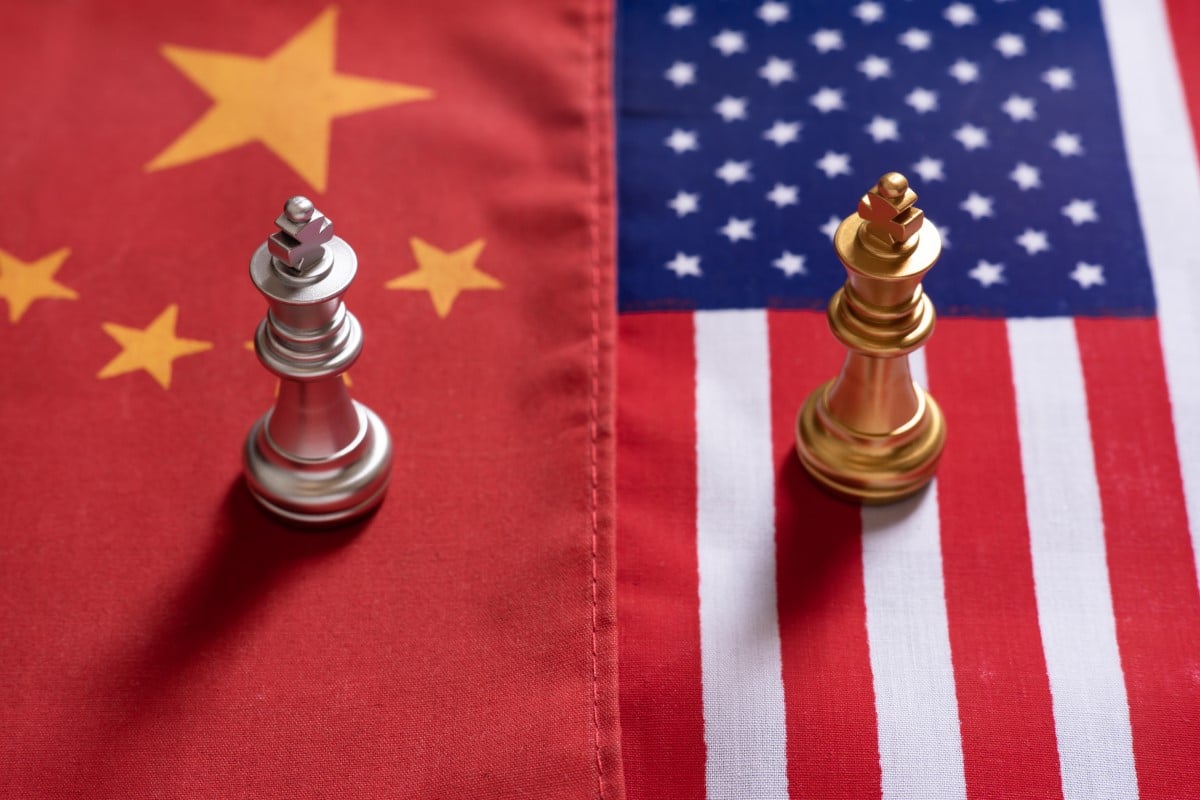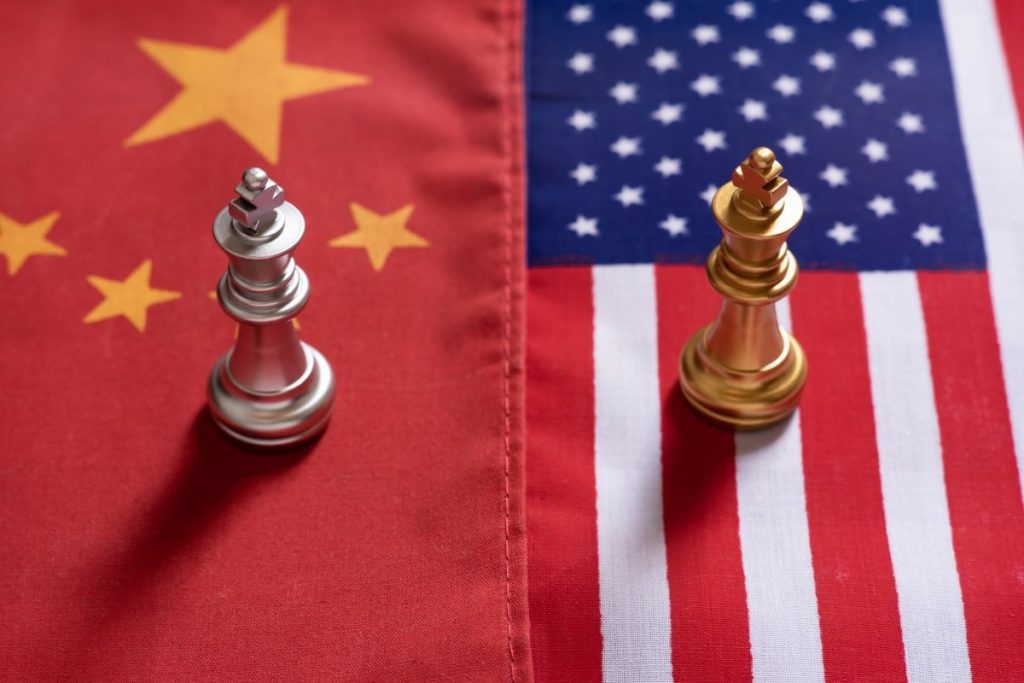
The Role of Trading Technology in the US-Sino Race for Global Dominance
In 2021, China’s groundbreaking test of a hypersonic weapon that circumnavigated the globe shook the United States, signaling the country’s rapid rise as a formidable military competitor. This remarkable technological feat left Pentagon experts astonished, as Chinese scientists defied the laws of physics. They developed a missile capable of firing another projectile at hypersonic speed. As China’s technological prowess continues to challenge US dominance, the role of trading technology in the global race for military supremacy becomes increasingly crucial.
Undermining US Security through American Technology
The successful hypersonic test served as a stark reminder that China was leveraging American technology to strengthen its military capabilities. Moreover, key components of the development process, such as Chinese supercomputers running on chips utilizing US software, raised concerns. The officials worried about potential vulnerabilities in US security caused by sharing critical technology with a rising rival.
Emerging Technologies and the Race for Military Supremacy
China’s rapid advancements in emerging technologies, including artificial intelligence and quantum computing, have also alarmed US defense strategists. THe former bolstered its arsenal with warships, aircraft, missiles, and satellites. In addition, it made strides in quantum computing, posing a potential threat to US spy agency encryption.
National Security Commission’s Stark Warning
The National Security Commission on AI, led by former Google CEO Eric Schmidt, delivered a 756-page report warning that China could surpass the US as the world’s AI superpower within the next decade. Such technological convergence calls for a proactive approach to address technological drivers that fuel China’s rapid advancements.
Dual-Use Technologies and the Obsolete Multilateral Regimes
China’s strategic use of AI in security has highlighted a growing challenge for the US and its allies in countering Beijing. Furthermore, dual-use technologies, where civilian and military applications intertwine, have rendered traditional multilateral regimes obsolete in preventing the spread of such technology to military contexts.
US Export Controls and Biden’s Strategy
Continuing the strategy of the previous administration, President Biden’s team employed export controls to restrict China’s access to vital US technology. They hope to do that with military applications. This “small yard, high fence” approach aims to make it arduous for China to acquire advanced technologies required for its military ambitions.
Pros and Cons of Biden’s Approach
Experts have expressed diverse opinions on the efficacy of the US strategy. Some argue that it may offer the US a critical window to develop alternative military capabilities. Meanwhile others fear that it could incentivize China to further invest in advanced technologies. After all, the latter could accelerate the race to close the technological gap with the US military.
China’s Drive for Self-Reliance
Biden’s restrictions have propelled China toward self-reliance, encouraging substantial investments in indigenous technology. Some experts believe this could lead to a less dependent China. However, others are concerned that China’s technology exports may set global standards, potentially challenging US interests.
US Intent to Protect National Security
Despite uncertainties, the Biden administration remains steadfast in its approach. During a recent visit to Beijing, US Treasury Secretary Janet Yellen assured Chinese counterparts that targeted actions would continue to protect US national security without seeking complete decoupling.
A Technological Arms Race
As China’s technological advancements continue to rise, a formidable challenge to US dominance looms. The global race for military supremacy is intrinsically linked to trading technology. The future balance of power hinges on how these technological factors shape the trajectory of international relations and military capabilities in the years to come.



